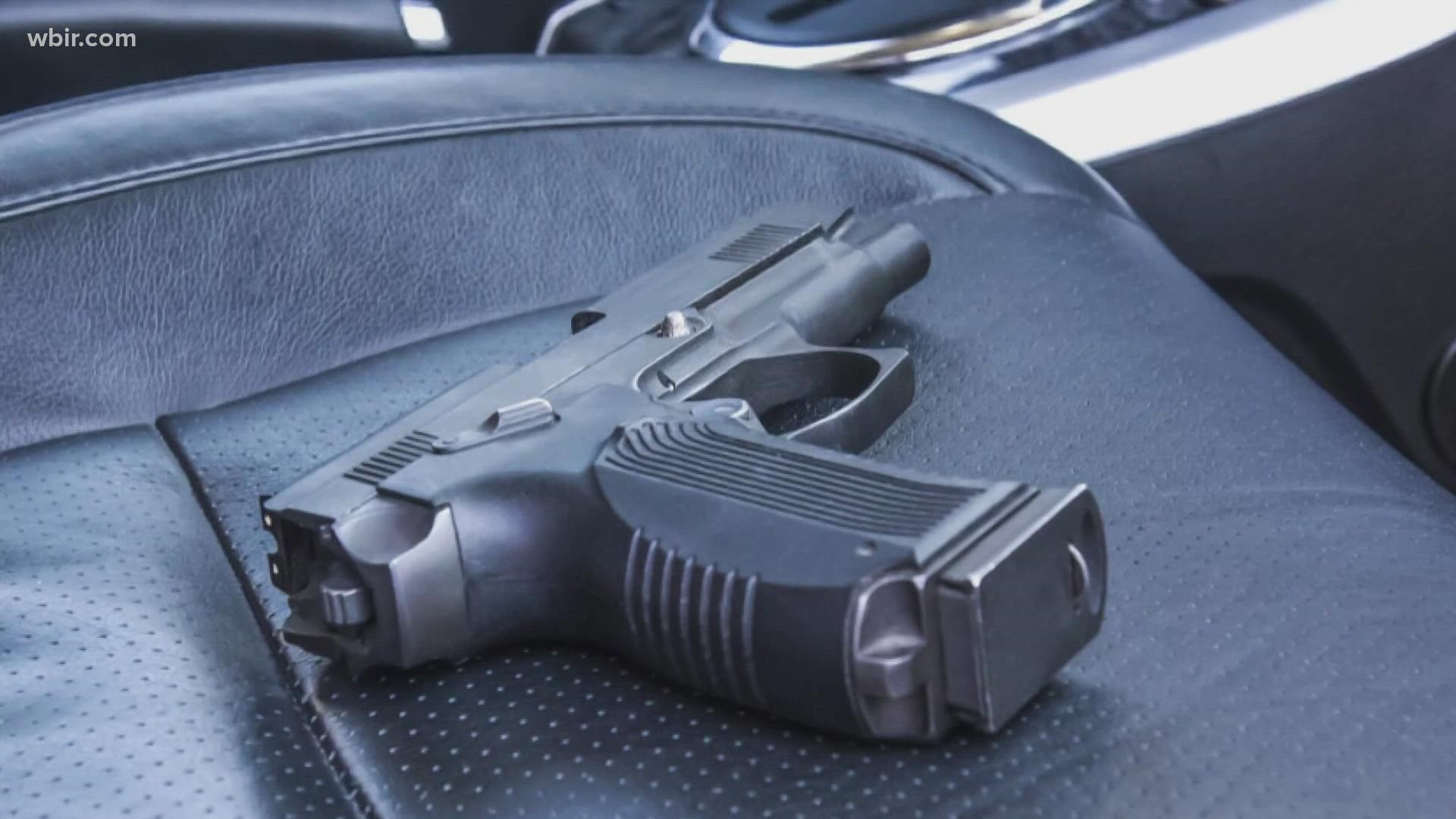COLUMBUS, Ohio — Many states have been loosening their gun laws in recent years. This year Ohio allowed people to carry handguns without a permit — a move that enjoys the support of just 20% of Americans, the Pew Research Center reports.
When Gov. Mike DeWine signed Senate Bill 215 last month, he joined 23 other states, almost all of which had enacted their laws since 2011. Over the same period, gun deaths have risen “to a number by far the most on record,” Pew reported in February. It added that the rate of gun deaths is approaching earlier highs in the 1970s and 1990s.
It’s hard to draw a direct relationship between loosening gun restrictions and gun deaths.
For example, DeWine earlier this month said Ohio saw a 26% increase in gun crime in the pandemic year of 2020 — two years before he signed the permitless carry legislation. But rising numbers of gun deaths seem to belie National Rifle Association CEO Wayne LaPierre’s 2012 claim that “The only thing that stops a bad guy with a gun, is a good guy with a gun.”
Guns are now the number one cause of traumatic death in the United States, exceeding the 38,824 traffic fatalities in 2020 by 16%.
However, as with most other statistics involving guns, those numbers need some qualification.
“Though they tend to get less public attention than gun-related murders, suicides have long accounted for the majority of U.S. gun deaths,” the Pew report says. “In 2020, 54% of all gun-related deaths in the U.S. were suicides (24,292), while 43% were murders (19,384), according to the CDC.”
But the number of gun murders in the U.S. is catching up.
“Gun murders, in particular, have climbed sharply in recent years,” the Pew report said. “The 19,384 gun murders that took place in 2020 were the most since at least 1968, exceeding the previous peak of 18,253 recorded by the CDC in 1993. The 2020 total represented a 34% increase from the year before, a 49% increase over five years and a 75% increase over 10 years.”
Another statistical qualification is that while the raw numbers of gun deaths in 2020 represent new records, the rates do not, because there are many more Americans now. But given recent trends, those records might not stand for long.
The 6.2 gun murders per 100,000 people in 2020 is a full percentage point below the 7.2 per 100,000 recorded in 1974 and the seven gun suicides per 100,000 is below the 7.7 rate recorded in 1977. But the rate of gun murders has been climbing steeply since 2015 while the rate of gun suicides has been climbing more gradually.
When it comes to individual states, their rates of firearm mortality vary widely.
Ohio’s 15.2 firearms deaths in 2020 was the 23rd most among the states. Mississippi had the most, with 28.6 firearms deaths per 100,000, while Hawaii had the least, with 3.4.
Some researchers have found a correlation between gun laws and gun deaths. In 2020, researchers from the Rand Corporation reviewed 123 studies and found moderate evidence that background checks, waiting periods and limited evidence that concealed carry restrictions all lessen violent crime.
It also found moderate evidence that so-called “stand-your-ground” laws — such as the one Ohio implemented last year — increase homicides.
But looking at the Pew data from February, it’s hard to tell if looser gun laws themselves are the cause of more firearm deaths, or whether some states have cultures that are just more conducive to firearm ownership and more shootings.
Politics certainly seems to have an influence.
The Pew opinion research says that 72% of Republicans favor allowing people to carry concealed weapons in more public places, compared to 20% of Democrats. Similarly, 35% of Republicans favor permitless carry laws, while only 8% of Democrats do.
Those attitudes could be playing a role in gun deaths.
Of the 25 states with the highest rates of gun deaths in 2020, 17 voted for former President Donald Trump the same year. Of the 14 with the very highest rates, only one, New Mexico, voted for Democrat Joe Biden.
Those stats were almost a mirror image of the states with the lowest rates of gun death.
Of the 14 lowest, just two — Nebraska and Iowa — went Trump’s way in November of that year.

